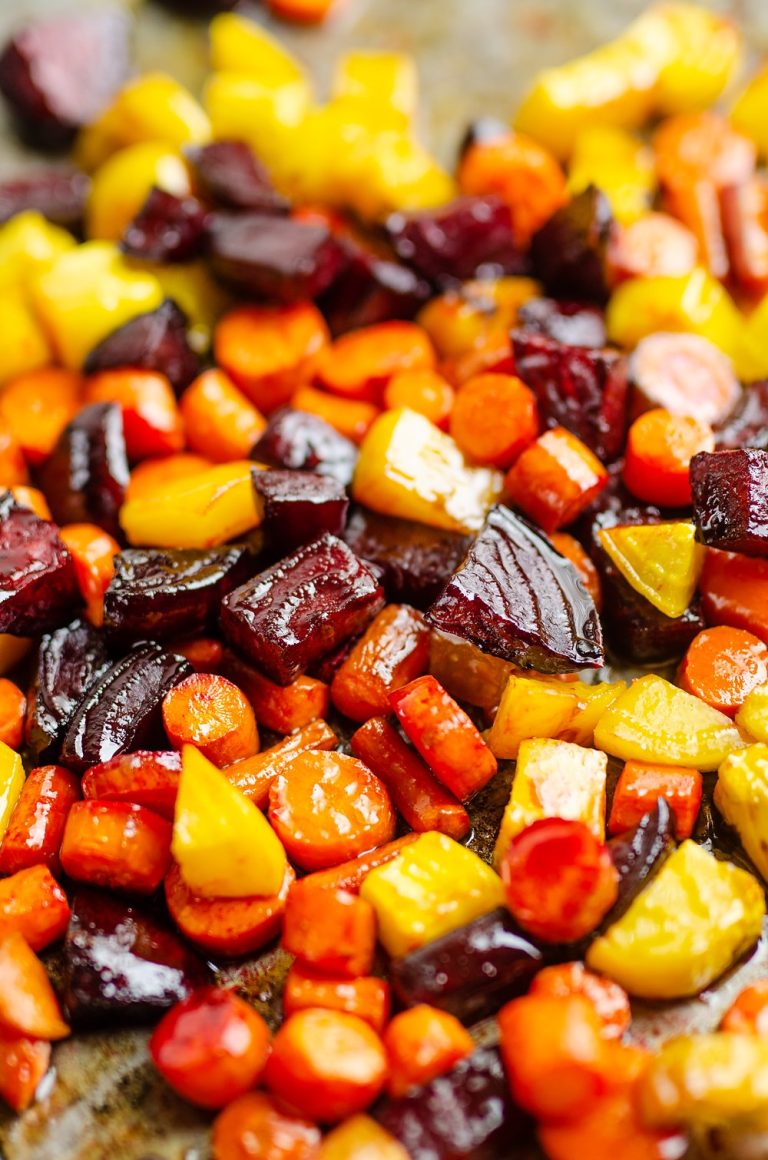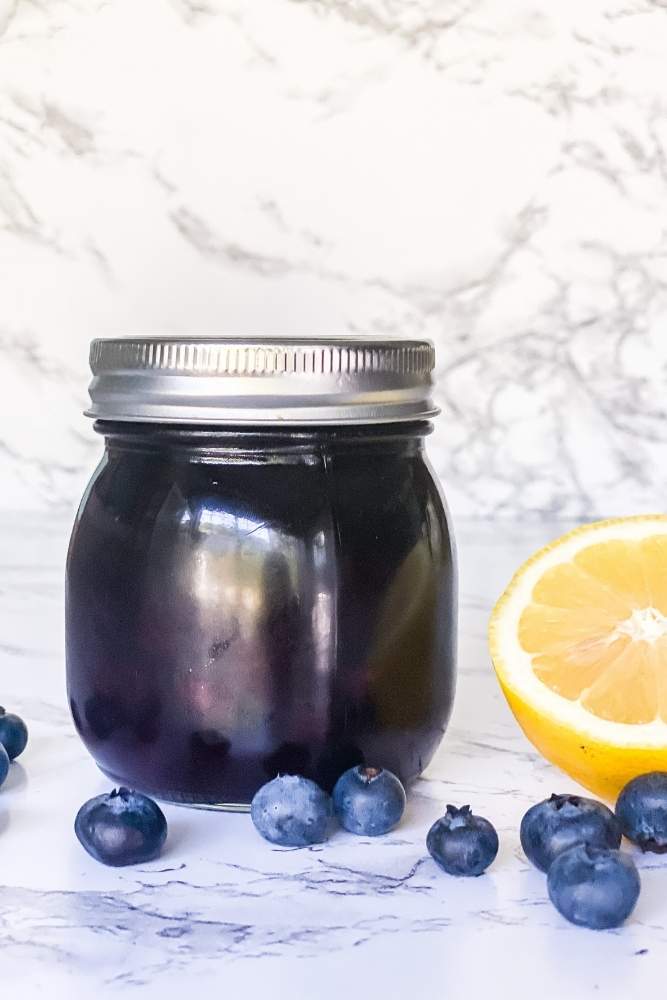Sweet Potato Casserole Dessert: A Nutritious and Delicious Treat
Sweet potato casserole dessert has roots deeply embedded in American culinary history. Early recipes appeared in Southern cookbooks during the early 20th century. Factors such as the regional availability of sweet potatoes and the influence of African American cuisine played significant roles. The dish gained popularity due to its adaptability and affordable ingredients.
Traditionally, sweet potato casserole was a holiday staple, especially during Thanksgiving and Christmas. The combination of mashed sweet potatoes, sugar, and spices became a favored way to use seasonal produce. The iconic marshmallow topping, introduced by Angelus Marshmallows in the early 1900s, added a unique twist and helped popularize the dish nationwide.
The dessert’s origins trace back to the blending of Native American culinary practices with African American food traditions. Sweet potatoes, native to Central and South America, were a staple for Native Americans. African American slaves adapted these ingredients into flavorful dishes, combining African culinary techniques and local produce.
Sweet potato casserole continued to evolve, becoming a symbol of comfort and family gatherings. Modern variations include pecans, oats, and other toppings, reflecting regional preferences. Its journey from humble beginnings to a beloved tradition illustrates the dynamic nature of American cuisine.
Understanding these origins enriches your appreciation and connection to sweet potato casserole dessert. This historical backdrop highlights the cultural significance and evolution of this cherished dish.
Key Ingredients and Their Roles
Sweet Potatoes: The Star of the Dish
Sweet potatoes form the foundation of sweet potato casserole. These tubers bring a naturally sweet and creamy texture, making them the primary ingredient. Rich in vitamins A and C, sweet potatoes are not just flavorful but also packed with nutrients. Opt for fresh and firm sweet potatoes to achieve the best consistency and taste in your dish. Their innate sweetness minimizes the need for excessive added sugars, keeping the dessert balanced.
Additional Ingredients for Flavor and Texture
Brown Sugar
Brown sugar enhances the natural sweetness of sweet potatoes and adds a touch of molasses flavor. It caramelizes during baking, providing depth and richness.
Butter
Butter contributes to the creamy consistency of the casserole. It melds the ingredients together, creating a smooth and luscious texture. Use unsalted butter for better control over the dish’s saltiness.
Spices
Spices like cinnamon, nutmeg, and allspice elevate the flavor profile, giving the casserole its quintessential warmth. These spices complement the sweetness and add aromatic complexity.
Eggs
Eggs act as a binding agent, ensuring the casserole maintains its shape. They help achieve a custard-like consistency, creating a firm yet creamy texture.
Vanilla Extract
Vanilla extract adds a subtle sweetness and enhances the other flavors in the casserole. It provides an inviting aroma and rounds out the dish’s taste.
Milk or Cream
Milk or cream adds moisture, preventing the casserole from becoming too dense. It also contributes to the overall creaminess, making each bite smooth and velvety.
Toppings (Marshmallows and Pecans)
Marshmallows create a crispy, caramelized crust, adding a contrasting texture to the creamy base. Pecans offer a nutty crunch, balancing the sweetness with earthy flavors. Together, these toppings provide a delightful contrast, making each bite engaging and varied.
Understanding each ingredient’s role helps you create a well-balanced and flavorful sweet potato casserole dessert.
Traditional vs. Modern Variations of the Recipe
Classic Sweet Potato Casserole
Classic sweet potato casserole features simple ingredients that highlight the dish’s roots in American culinary history. You’ll start with mashed sweet potatoes, typically enhanced with brown sugar, butter, cinnamon, nutmeg, and vanilla extract. These ingredients create a rich, sweet flavor profile. Eggs are often included to provide structure and a light, fluffy texture.
One of the classic hallmarks is the marshmallow topping. Introduced in the early 1900s, this element adds a gooey, sweet contrast to the creamy sweet potato base. You’ll spread an even layer of mini marshmallows over the casserole before baking, allowing them to melt and brown to a golden perfection.
Creative Twists on the Traditional Recipe
Modern variations of sweet potato casserole bring creative ingredients and techniques that reflect diverse regional preferences and dietary considerations. You might find toppings like pecans, oats, or even granola, which add a crunchy texture and a nuanced flavor. Instead of just marshmallows, a blend of different nuts can offer both sweetness and nuttiness.
Some recipes incorporate alternative spices or ingredients to elevate the dish. For example, adding a dash of cardamom or ginger can give the casserole a unique twist. Substituting coconut milk or almond milk for traditional milk or cream can accommodate dairy-free diets while adding interesting flavors.
You’ll also encounter innovative sweeteners like maple syrup or agave nectar, which substitute brown sugar and introduce distinctive tastes. Lastly, incorporating fruits like cranberries or apples can provide tartness and complexity, making the dish a multifaceted treat.
Cooking Techniques and Tips
Preparing the Perfect Sweet Potatoes
First, choose firm sweet potatoes free from blemishes. Cut them into equal-sized pieces for even cooking. Boil or steam them until they’re fork-tender, typically about 15-20 minutes. Avoid overcooking to prevent a watery texture.
Bake sweet potatoes at 400°F for around 45 minutes if you prefer a richer flavor. Pierce them with a fork before baking to release steam. Remove the skins after cooking and mash them until smooth. If you want a fluffier texture, consider using a blender or food processor instead of mashing by hand.
Achieving the Ideal Topping
Combine brown sugar, melted butter, and a hint of cinnamon to create a classic streusel topping. Mix in chopped pecans or walnuts for added crunch. Spread the mixture evenly over the mashed sweet potatoes.
Experiment with different toppings to suit your taste. For a traditional touch, add mini marshmallows, distributing them evenly before baking. They’ll melt and create a slightly crispy, caramelized layer. Another option is to use oats mixed with honey and butter for a chewy, sweet contrast.
Bake the assembled casserole at 350°F for about 25-30 minutes until the topping is golden brown. Keep an eye on the marshmallows if using them, as they can quickly go from browned to burnt.
These techniques and tips enhance the texture and flavor, ensuring your sweet potato casserole dessert stands out.
Serving and Presentation Ideas
Enhancing the appearance and overall experience of your sweet potato casserole dessert involves strategic serving and presentation techniques. Use these ideas to impress your guests:
Elegant Plating
Create a visually appealing presentation by using individual ramekins. These small dishes allow for serving personalized portions, making the dessert look sophisticated. Sprinkle powdered sugar or cinnamon on top for added flair.
Garnish with Fresh Ingredients
Include fresh garnishes like rosemary sprigs or mint leaves. These not only add a pop of color but also enhance the dish’s aroma. Position these garnishes delicately around the edges or atop the casserole.
Layered Serving
Serve the casserole in clear glass bowls to showcase its vibrant layers. This technique works best when you’ve incorporated multiple toppings such as marshmallows and pecans. The layers create a visually stimulating effect that highlights the dessert’s complexity.
Themed Decorations
Align your presentation with the occasion. For Thanksgiving, consider using themed decorations like mini pumpkins or decorative leaves. For a winter holiday dinner, a dusting of powdered sugar to mimic snow can add a festive touch.
Use of Serving Dishes
Choose serving dishes that complement your table setting. A rustic ceramic dish pairs well with farmhouse-style decor, while a sleek glass dish suits a more modern setting. The choice of dish can drastically change the perception of the dessert.
Interactive Elements
Incorporate interactive elements by setting up a topping bar. Allow guests to add their preferred toppings like extra marshmallows, nuts, and even chocolate chips. This not only makes the dessert customizable but also engages your guests in a fun and memorable way.
Warm Servings
Ensure the casserole is warm when served. Use warming trays or serve directly from the oven to maintain its temperature. Warm servings enhance the flavors and comfort that this dessert provides, especially in colder seasons.
Employ these serving and presentation ideas to elevate your sweet potato casserole dessert, making it not just a treat but an experience.
Health Benefits of Sweet Potato Casserole Dessert
Sweet potato casserole dessert offers numerous health benefits due to its primary ingredient, the sweet potato. Sweet potatoes are packed with essential nutrients, making the dessert not only delicious but also nutritious.
Rich in Vitamins
Sweet potatoes provide an excellent source of vitamins, particularly vitamin A and vitamin C. Vitamin A supports good vision, immune system function, and skin health due to its role in retinoidal compounds, while vitamin C aids in the repair of tissues and enhances immune defense.
High in Fiber
Fiber content in sweet potatoes aids digestion, helps maintain healthy blood sugar levels, and promotes a feeling of fullness. This can assist in weight management and prevent overeating despite the sweetness of the dish.
Antioxidant Properties
Sweet potatoes are rich in antioxidants, particularly beta-carotene, which can help reduce oxidative stress and inflammation. Antioxidants neutralize free radicals, potentially lowering the risk of chronic diseases like heart disease and cancer.
Low Glycemic Index
Despite their natural sweetness, sweet potatoes have a low glycemic index, allowing for gradual release of sugar into the bloodstream. This prevents spikes in blood sugar levels, making sweet potato casserole a better dessert option for diabetics compared to other high-sugar desserts.
Essential Minerals
Sweet potatoes contain vital minerals, such as potassium, manganese, and magnesium. Potassium helps control blood pressure by counteracting sodium’s effects, manganese aids in bone formation and metabolism, and magnesium is crucial for muscle and nerve function.
Boosts Immune System
Nutrients like vitamin A, vitamin C, and antioxidants in sweet potatoes collaboratively support a robust immune system. Consuming sweet potato casserole can contribute to better overall health, especially during cold and flu seasons.
Supports Eye Health
High beta-carotene levels in sweet potatoes convert to vitamin A in the body, essential for maintaining eye health. This can prevent vision-related issues such as age-related macular degeneration and night blindness.
Incorporating sweet potato casserole dessert into your meals not only satisfies your sweet cravings but also supports your health with these essential nutrients and benefits.
Conclusion
Sweet potato casserole dessert isn’t just a delicious treat; it’s a powerhouse of nutrition. By incorporating this flavorful dish into your meals, you’re not only indulging in a delightful dessert but also reaping numerous health benefits. Whether you enjoy it during the holidays or as a regular part of your diet, sweet potato casserole offers a perfect blend of taste and nutrition. So next time you’re craving something sweet, consider this wholesome option that supports your well-being.






